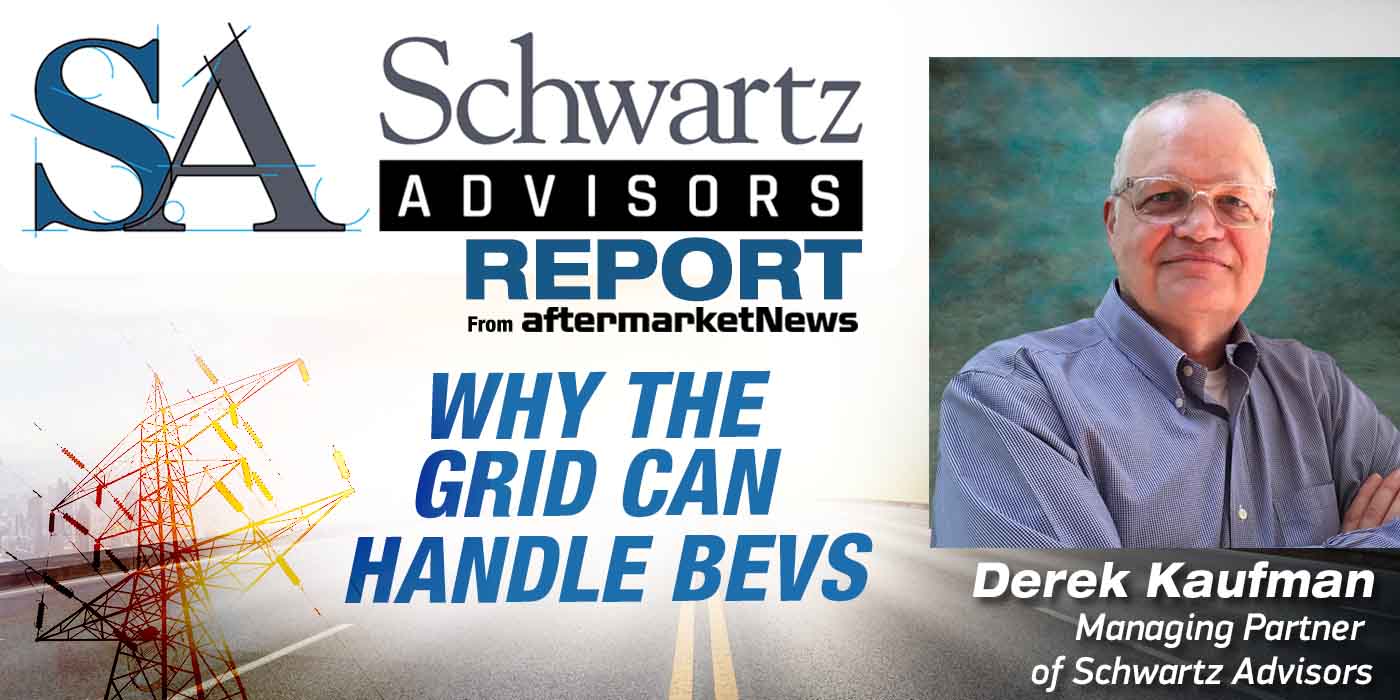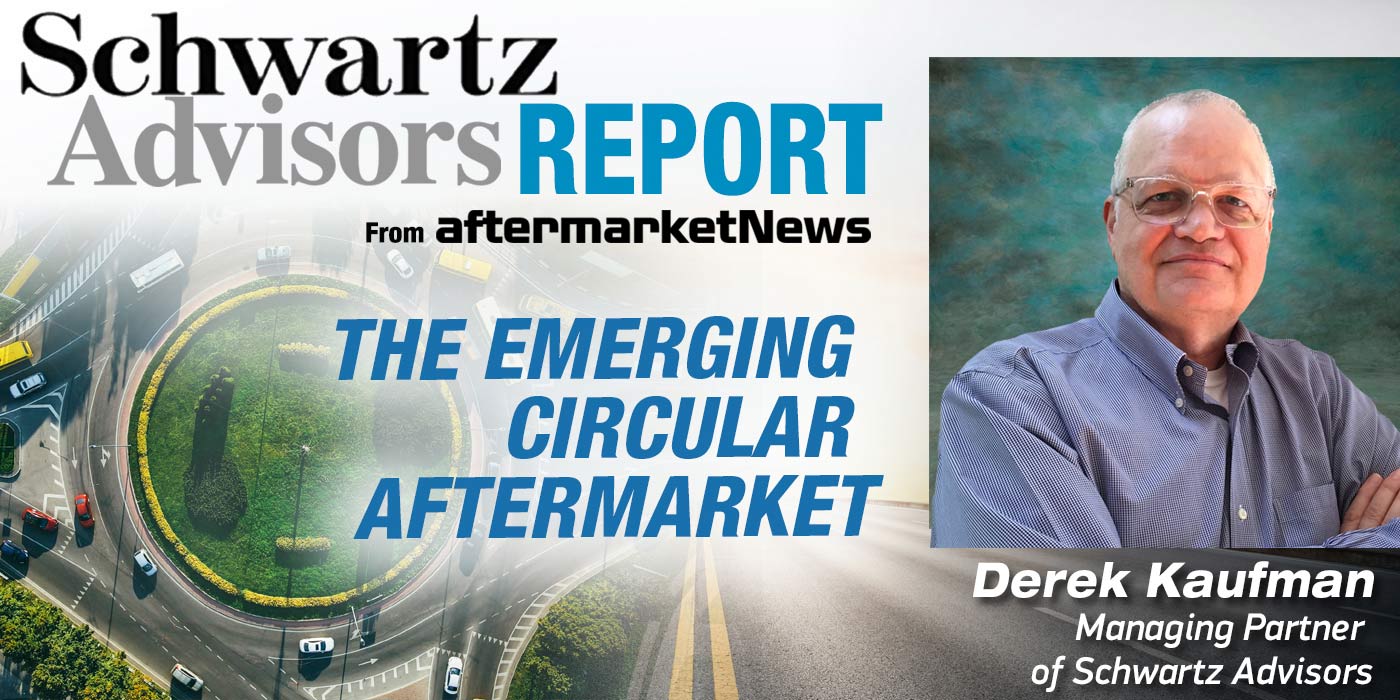 Your author is a big fan of Martin Sexton, a great musician and vocalist who has preferred to travel the college and small venue circuit for years, never having “hit the big time” of television and stadium seating. One of his best covers is the song, “Will It Go Round in Circles,” the 1972 song from the late and very great Billy Preston (see Billy perform it in this YouTube video).
Your author is a big fan of Martin Sexton, a great musician and vocalist who has preferred to travel the college and small venue circuit for years, never having “hit the big time” of television and stadium seating. One of his best covers is the song, “Will It Go Round in Circles,” the 1972 song from the late and very great Billy Preston (see Billy perform it in this YouTube video).
The opening line of the song is “I’ve got a song, I ain’t got no melody – How’m I gonna sing it to my friends?” The refrain says “Will it go round in circles, will it fly high like a bird up in the sky?”
For some reason I thought of that song while reading some headlines about the automotive industry and online retailing over the past few days. I’m not sure exactly why.
Maybe it was news that Tesla has just surpassed the market capitalization of General Motors. Tesla sold 76,000 cars in 2016, lost $773,000 in the process and just hit a market cap of $52.5 billion. GM sold 10 million vehicles in 2016, made $9 billion profit and has a market cap of $51.3 billion.
It could have been stories of Amazon’s growth and valuation. From 2013 to 2016 Amazon grew revenues from $74 billion to $136 billion, and generated a 2016 EBITDA of $11.8 billion. In the same time frame, Walmart grew from $469 billion to $482 billion in revenues and generated a 2016 EBITDA of $33.56 billion. Amazon’s market cap is $434 billion. Walmart’s is $222 billion. Amazon’s market cap, in fact, is more than Walmart, Costco, Target, Macy’s and Kohl’s … combined.
The reason for the disparity in market capitalizations of Tesla and Amazon is pretty simple – the market values growth and potential more than it values current operating results. Estimates show that Amazon now represents about 34 percent of all online sales and is forecast to handle 50 percent of all online sales by 2021. Its recurring revenue models in Amazon Web Services, Amazon Prime and its third-party marketplace also fuel its growth. And just for good measure, the company has entered private label territory with its AmazonBasics brand. A good example of the new private label activity is Amazon’s sales of appliance batteries (the AA and AAA type). In 2016, about 94 percent of all batteries purchased online (a $113 million market) were purchased on Amazon’s site, and almost one-third of those batteries were AmazonBasics branded. (For those keeping score, AmazonBasics 31 percent, Duracell 21 percent, Panasonic 13 percent, Energizer 12 percent, Others 23 percent)
Certainly, the automotive aftermarket is watching Amazon closely. The company’s auto parts sales are estimated to be $3 billion to $4 billion of its total $136 billion in revenues, and industry estimates suggest a 50 percent growth during 2017 to make Amazon’s auto parts a $5 billion to $6 billion business. People are talking about Amazon becoming part of the “Big 5” in auto parts retailing.
And that brings us back to the circle, because we have traveled this route before in auto parts sales and we are about to travel it again. We could explain the future circle of a fictitious manufacturer something like this:
- For many years the manufacturer made things and sold them through wholesale channels that serviced DIYers through retailers and
DIFM shops through jobbers.
- As some of the retailers grew in size and strength, they developed direct relationships with the manufacturer.
- Those relationships grew to a point where the buying power of the retailers meant constant pricing pressure and extended terms for the manufacturer.
- Then the retailers went for even more margin – they sourced similar products from low-cost countries and created whole lines of private labeled products in competition with the manufacturer.
- While all this was going on, the Internet was maturing and online sales, led by Amazon began growing.
- The manufacturer saw Amazon as a way to gain back some power in their go-to-market strategies – either through more direct sales channels and online sales or through negotiating strength with their brick-and-mortar retail customers based on having the Amazon alternative.
- Amazon played ball well for a while – they understood the manufacturer’s MAP strategy and were a good partner as long as other channel partners played nice in the sand box.
- But then one of the manufacturer’s channel partners broke the nice clean sales pattern, and Amazon moved to match the lower prices.
- As the manufacturer’s volume with Amazon increased, Amazon saw opportunities for increased margin, and began applying pricing pressure to the manufacturer.
- Ultimately, Amazon added a similar product to its new automotive private label called AmazonAutoBasicsPrimeDroneDelivered and beat the manufacturer’s price by 30 percent
- And someone at the manufacturer’s headquarters asked, “I’ve got a song, I ain’t got no melody – How’m I gonna sing it to my friends?”
A disclaimer – I have no knowledge of Amazon’s plans to change their current negotiating patterns with automotive suppliers or to form a private label brand of auto parts called AmazonAutoBasicsPrimeDroneDelivered.
I’m just suggesting it could happen.
So, what is a manufacturer to do? That question is occurring to a lot of companies who have seen Amazon as a good partner that offers tremendous shipping efficiency and great online interface but also decreases their control of their customer experience. Those companies also are concerned that their products can easily get forced into commodity status just by Amazon’s listing of the “people also bought these items” section on their site. Small companies and individual artists now have Blackbox to address these concerns.
The developers of Cards Against Humanity, a card game selling on Amazon formed Blackbox to pull back control of their customer connection. They were tired of eBay arbitrage resellers using programs like DS Domination to buy their games off Amazon, mark them up and have them drop shipped (the “DS” in DS Domination) from Amazon to their customers who were buying the card game on eBay. So they created Blackbox, which is a fully customizable system that resides on the seller’s website and allows full control of all branding right down to the packing slips. Blackbox is now building its own warehousing and logistics capabilities to take Amazon out of the picture.
But, Blackbox is geared for artists and small companies. Is there a Blackbox equivalent for the automotive industry? Are there ways manufacturers can gain more control over their customer interaction when selling online?
Here comes that circle again.
It’s a circle that brings the manufacturer back to customer connection basics. It is about superior information on product selection and application. It is about superior customer touch for both the DIFM and DIY communities. And it is about using the tools that already exist in our distribution channels in some different ways. It could work something like this:
- The manufacturer generates killer-level information on its products making the selection and application of the products simple and straightforward for both DIY and DIFM customers.
- If the product has any installation complication or specific operating parameters, the manufacturer creates augmented reality support material to guide technicians and DIYers through the product’s diagnosis and installation.
- A parts ordering system uses the superior information from step one to fully inform buyers about the manufacturer’s product then directs the buyer directly to the manufacturer or to WDs and/or retailers for the fastest possible delivery. (Note – SA does not endorse companies in these articles but we will say that there are companies building new approaches in parts selection now that are really impressive and fully competitive with the user interface of Amazon)
- The manufacturer and its delivering partners make the product return process very simple.
- The manufacturer gets way better at online advertising and customer connection
Certainly, there are other ways to do this. You can vertically integrate all the way from the manufacturing floor to the retail delivery and shop installation but that can be expensive. You can build out an entire product line that captures a very large portion of a vehicle’s system but that can take time. Or, you can move to Europe or Asia where vehicle OEs have a lot more control over the aftermarket sale of their products and Tier 1 suppliers build shop programs in conjunction with the OEs, but that’s just not as much fun for aftermarket type people.
One option you don’t have – you cannot do nothing. That might lead to the last verse of Billy Preston’s song that goes like this, “I got a dance that ain’t got no steps. I’m gonna let the music move me around.”
About Schwartz Advisors
Derek Kaufman is a Managing Partner at Schwartz Advisors. Schwartz Advisors (SA) is a team of highly experienced auto aftermarket experts working with clients in corporate growth projects and both buy-side and sell-side merger and acquisition activities. As part of its growth consulting work, SA keeps current with the emerging technologies and business models that will drive the future supply of automotive parts and service. The reference to any specific commercial products, processes, or services by trade name, trademark, manufacturer or otherwise, does not necessarily constitute or imply its endorsement, recommendation, or favoring by Babcox Media or Schwartz Advisors. The views and opinions of the author do not necessarily state or reflect those of the Babcox Media staff.














